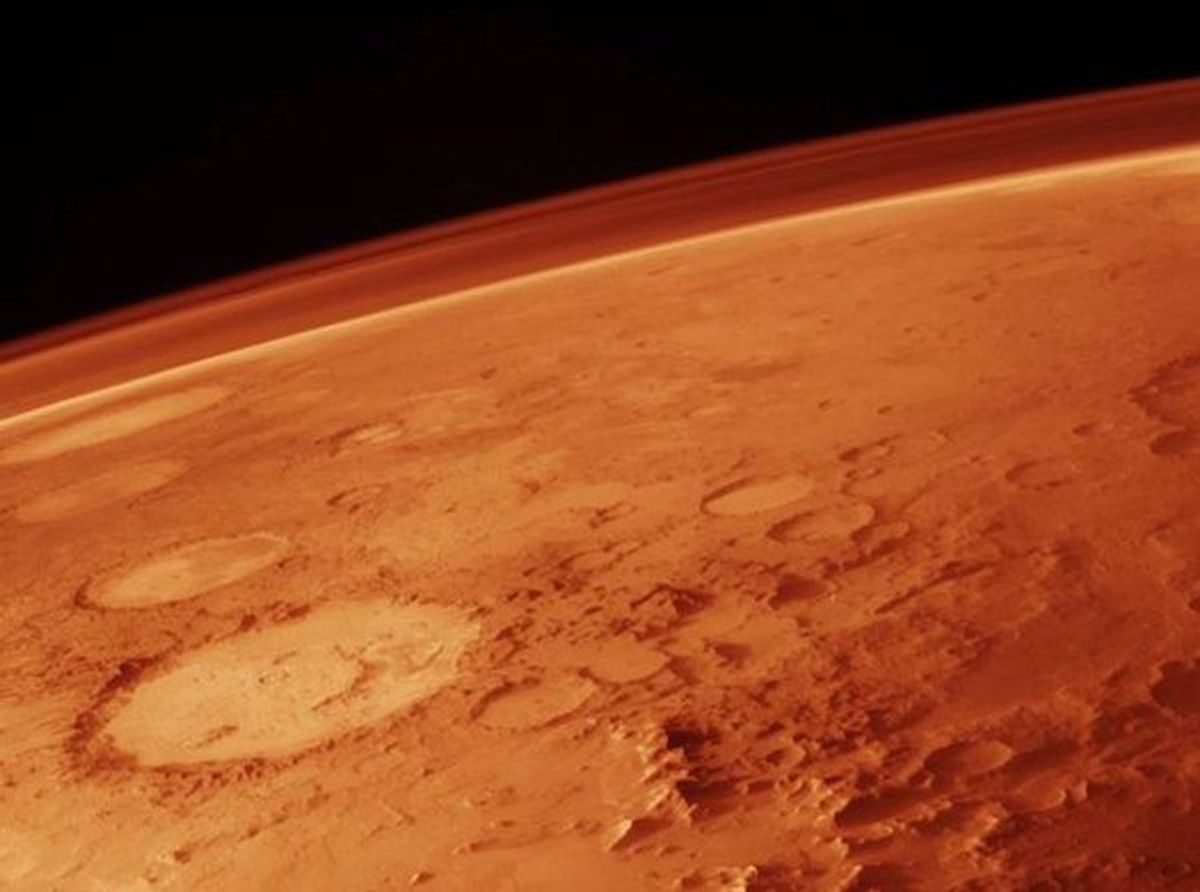While China’s space program puts the moon front and center—a lander and rover are scheduled to land on the lunar surface this December—China’s space scientists are already dreaming of Mars. At the International Astronautical Congress in Beijing this week, two Chinese researchers explained their novel concepts for Mars exploration.
The key feature of these plans is their novelty and innovation. China is acutely aware that it’s playing catch-up in space exploration, and is eager to find ways to break new ground: to boldly go where no man has gone before.
Ying Chen, one of the Chinese space scientists who presented a Mars exploration concept at the conference, noted the attention paid to the first Mars rover, NASA’s Sojourner, as well as the respect that Japan’s aerospace agency won by sending the first spacecraft to land on an asteroid and return a sample to Earth. “Innovation is the most important influence factor,” she said.
With that in mind, Ying proposed a Mars mission composed of four parts: an orbiter, a balloon, a rover, and a cluster of “penetrators.” In her vision, one large landing module would break away from the orbiter and enter the Martian atmosphere. Once there, it would first release the missile-like penetrators designed to ram deep into the Martian ground, then it would send down the rover, and finally it would release the balloon, which would inflate and float away.
Ying said the balloon and the penetrators, neither of which have been used on Mars before, could produce exciting new data. “The balloon mission would carry out immediate observations on the Martian middle-level atmosphere, and could fill out the blanks between observations taken in orbit and from rovers,” she said. “The penetrating mission would explore chemistry, structure, and variation in temperatures underground.”
Later, Hou Jian Wen of the Shanghai Academy of Spaceflight Technology proposed another concept: using clusters of micro- or nano-satellites to conduct observations in Martian orbit. In his vision, one orbiter would fly to Mars and then release small sub-satellites, which would fly in formation to gather data. Flying the satellites in precise geometries, he said, would essentially create one large sensor.
Neither of these concepts has been approved or adopted by the China National Space Administration, but it’s interesting to see what Chinese space scientists dream of when they dream of Mars.
Photo: Wikimedia
Eliza Strickland is a senior editor at IEEE Spectrum, where she covers AI, biomedical engineering, and other topics. She holds a master’s degree in journalism from Columbia University.



